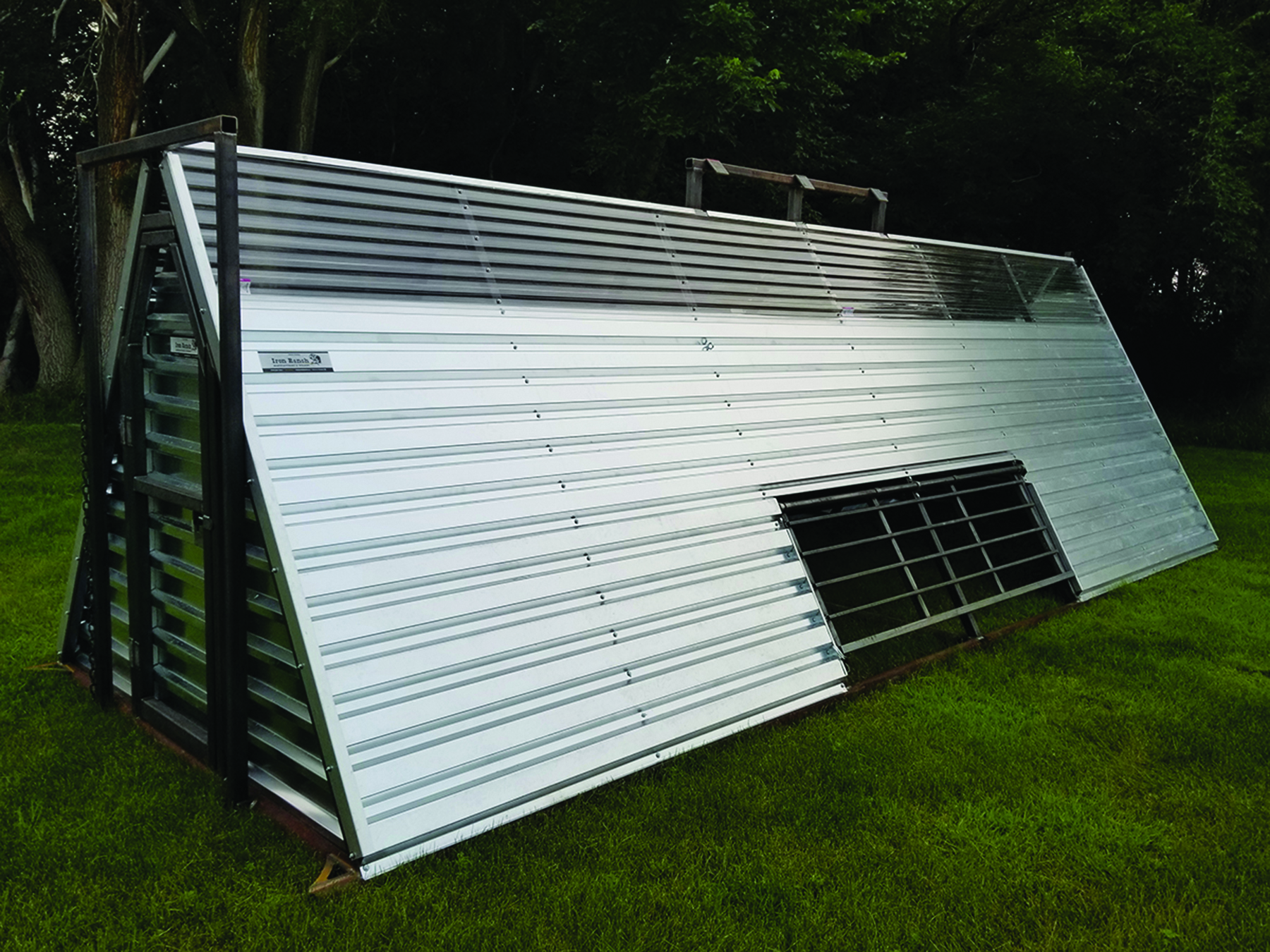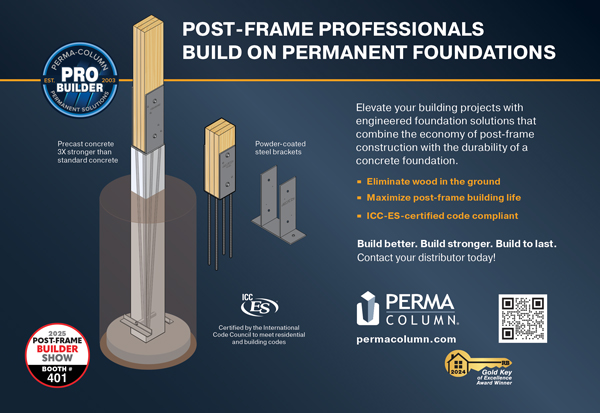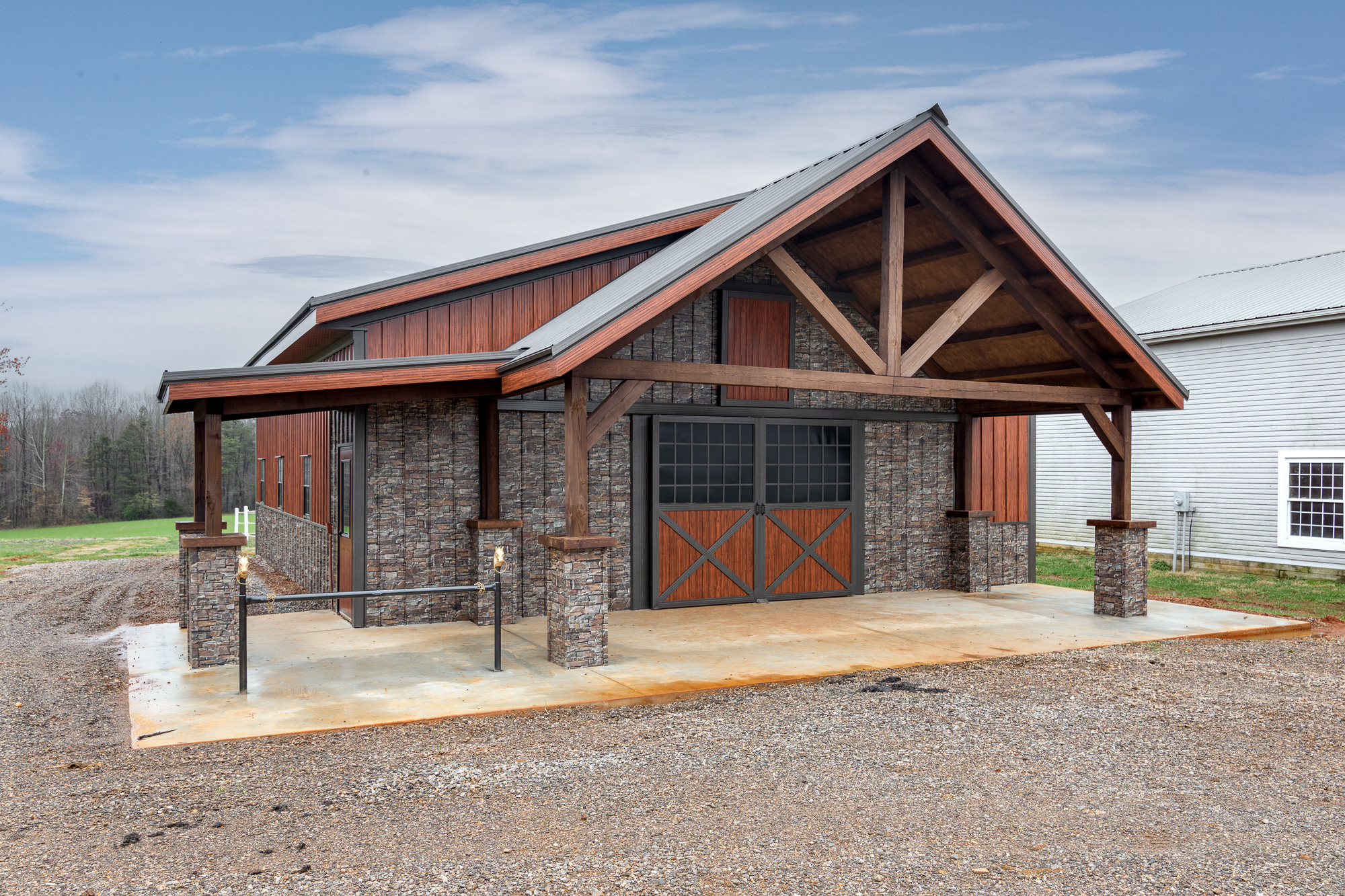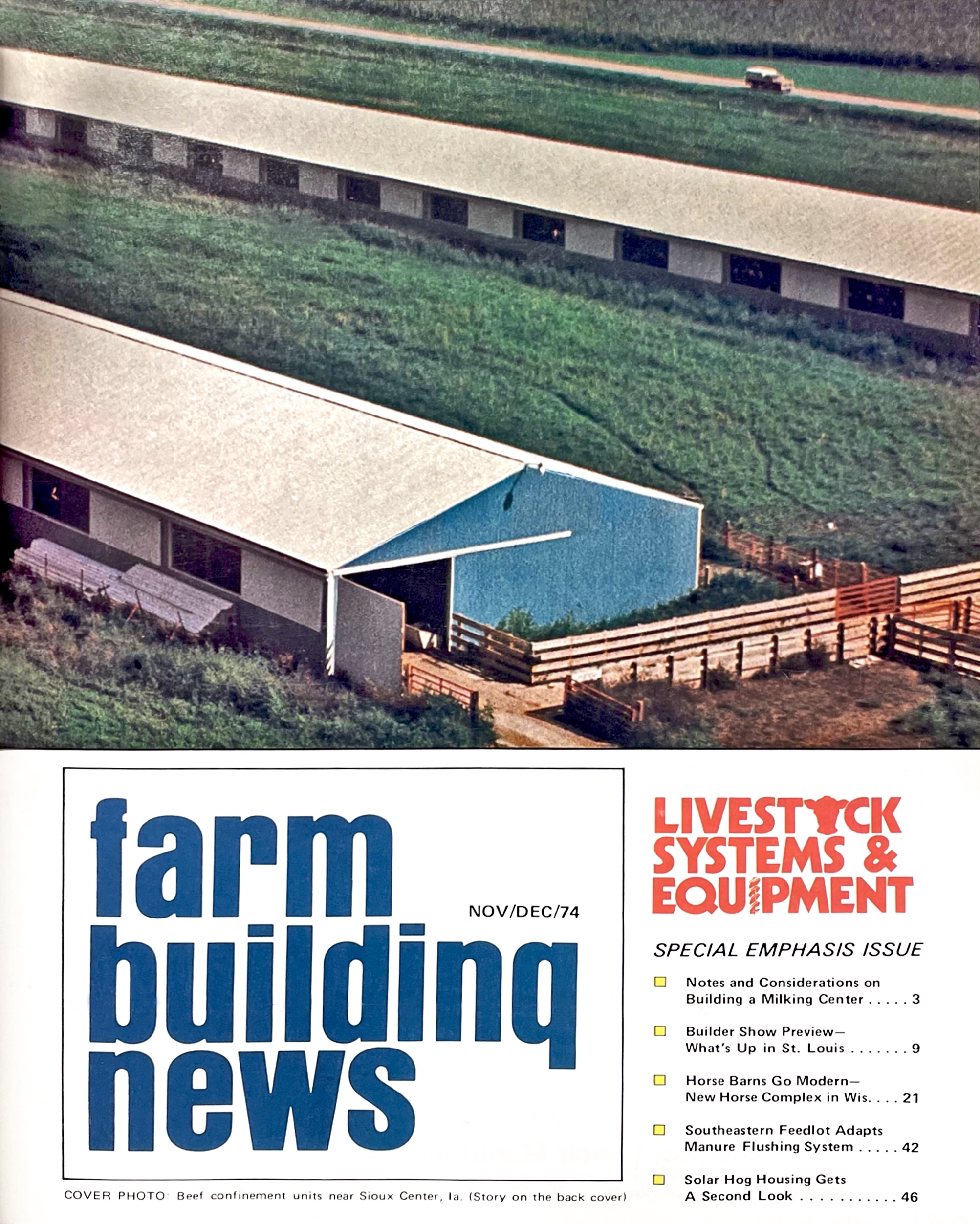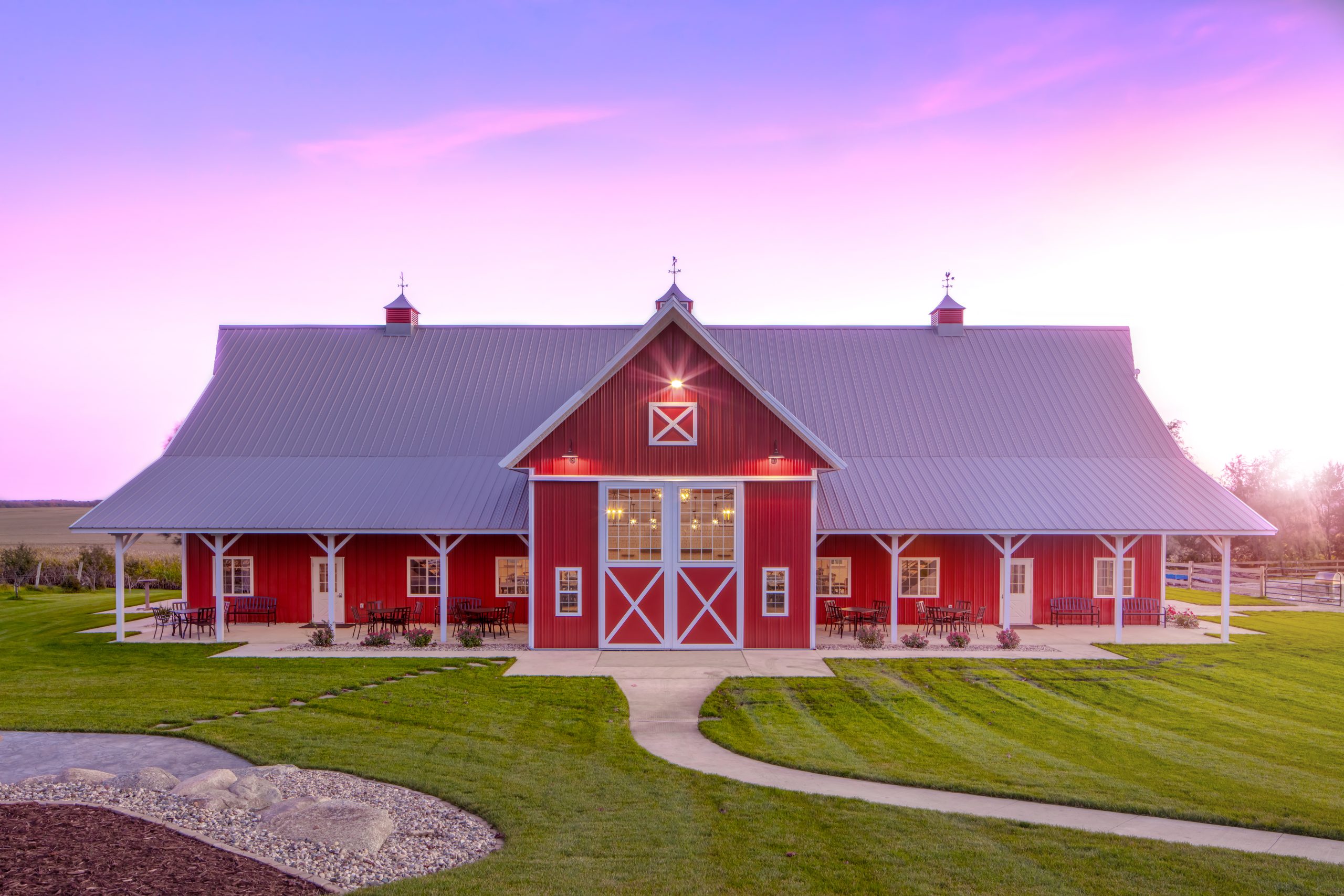Skylights are great; they let in natural light, which is healthy for people and animals alike. They can cut down on your electric bill as well. Strong, energy efficient, and lightweight, polycarbonate panels make great skylighting and daylighting choices.
Traditionally polycarbonates have been relatively inexpensive, but during covid that changed. They were in high demand for production of sneeze guards and other medical supplies which caused the price to rise. However, the market is slowly correcting.
Sales Points
When installing a skylight, you are punching a hole in the building envelope that you have worked to ensure will be strong and energy efficient. Therefore, the material covering that hole should be strong and efficient as well.
Polycarbonates are tough; they can be up to 200 times stronger than glass. Further they’re formulated to resist cracking, splitting or caking.
Highly energy efficient, polycarbonates can provide up to 20% energy savings dependent on the particular panel. They may also help with UV protection, shielding inhabitants from harmful rays. This not only speaks to increased comfort and wellbeing, it also leads to real savings on the client’s energy bill.
The life expectancy of polycarbonate panels is generally 15-20 years. However, 15-20 years is the life of many roofs. And the material is 100% recyclable.
As an installer, there are added advantages to working with polycarbonates. The material is lightweight, so it is easy to move around. It is also quite versatile, allowing for cold bending onsite if the design calls for it.
Installation Tips
• Screw the polycarbonate sheets to the frame with the proper washer/neoprene gasket to prevent leaks. It must be applied between the screw head and the polycarbonate sheet. The gasket with its neoprene layer at the bottom and galvanized steel at the top distributes the stress evenly on the surface and seal the hole from water infiltration.
• Predrill all fastening holes. Make them 2/16”‐3/16” larger than the diameter of the shaft of the fastener to allow for expansion and contraction in variable temperatures or cracking and crazing may occur over time. Some manufacturers estimate that 95% of quality issues are due to the failure to predill.
• Do not over-tighten the fasteners. Ensure thy are firmly seated without causing bulging.
• For estimating, plan on a 26” wide panel providing 24” of width
coverage after the side lap. Allow 4” for end laps.
• Cut single panels below 6mm in thickness with a utility knife or a pair of snips.
• Multiple panels may be cut using a circular saw with a plywood blade reversed (60, 80+ teeth), a jig saw with fine tooth blade, or a fine‐tooth handsaw.
• Always cut the sheet before taking off the protective PE film otherwise the static charge will attract fine chips to the flutes. For thinner sheets below 6mm in thickness you can use a utility knife
• Always seal all side and end laps with a manufacturer-approved silicone sealant or vinyl adhesive.
• Recommended sealants include:
-butyl tape such as DMI Butyl• Roll Butyl Tape
-polyether curing sealants such as Rubex All Polyether
Moisture Cure
-silicone sealants such as Franklin’s Titebond 100%
Silicone Sealant
• Safety Tip: Never step directly on a polycarbonate panel.
Cleaning Tips
• Do not apply cleaners in direct sunlight.
• Do not use sharp objects, squeegees, or razors on polycarbonate.
• Use a soft sponge or 100% cotton cloth with lukewarm water and a mild dish detergent. Rinse with cold water and dry with a soft cotton cloth.
• Check the manufacturer’s instructions before using anything stronger than mild dish detergent on the panels.
Rural Builder Thanks the following sources for sharing their expertise and insights.
• Buddy Pullen, Onduline Lightweight Roofing Systems
• David Quehl, Direct Metals Inc.
• Shannon Clark, MWI Components
• Cassie Richards, Amerilux
RB

